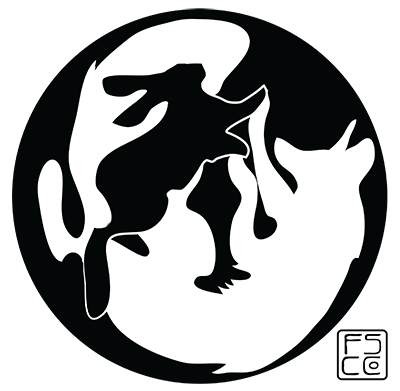For the next month and a half that I have left at the Nes Artist Residency I plan to fill a book with illustrations of dead foxes. I’m drawing from photos I took of arctic fox dissections at the Natural History Museum of Iceland when I was with Ester Rut Unnsteinsdóttir, a prominent fox biologist here who collects data and tissue samples from the dead foxes that are donated by local hunters. She has been doing this work for a long time and graciously agreed to let me tag along with her in the lab.
The blood for this project was collected from a fox that a Skagaströnd hunter killed. The book is handmade with lambskin from the tannery in Sauðárkrókur (Atlantic leather), a cheap map of Iceland I found in a brochure, and Stonehenge paper I brought from home.



I draw these foxes because there is something so intimate dissection, about opening up a body that has become an object and turning a life to statistic. It would be very easy to confuse this as an act of apathy, but the foxes laid down on the dissection table are afforded the greatest ceremony a good shot can offer them. From their hair and tissues, their weight and livers and reproductive organs, we can learn a great deal, and it’s in this learning that we practice compassion for this animal that Icelanders have maligned as a pest for so long.
The foreshortened life of a shot fox informs us of the whole in more ways than we have time to explore. And sometimes when I look at their bodies curled up or combative or contorted into or against the end they’d always feared, I think of us. I think of all the barehanded dissections we perform on each other when—almost without realizing it—we crack the sternum and begin digging for the heart.
We open up the ones we love, and yet we still know more about foxes than all the hearts we've palmed.


